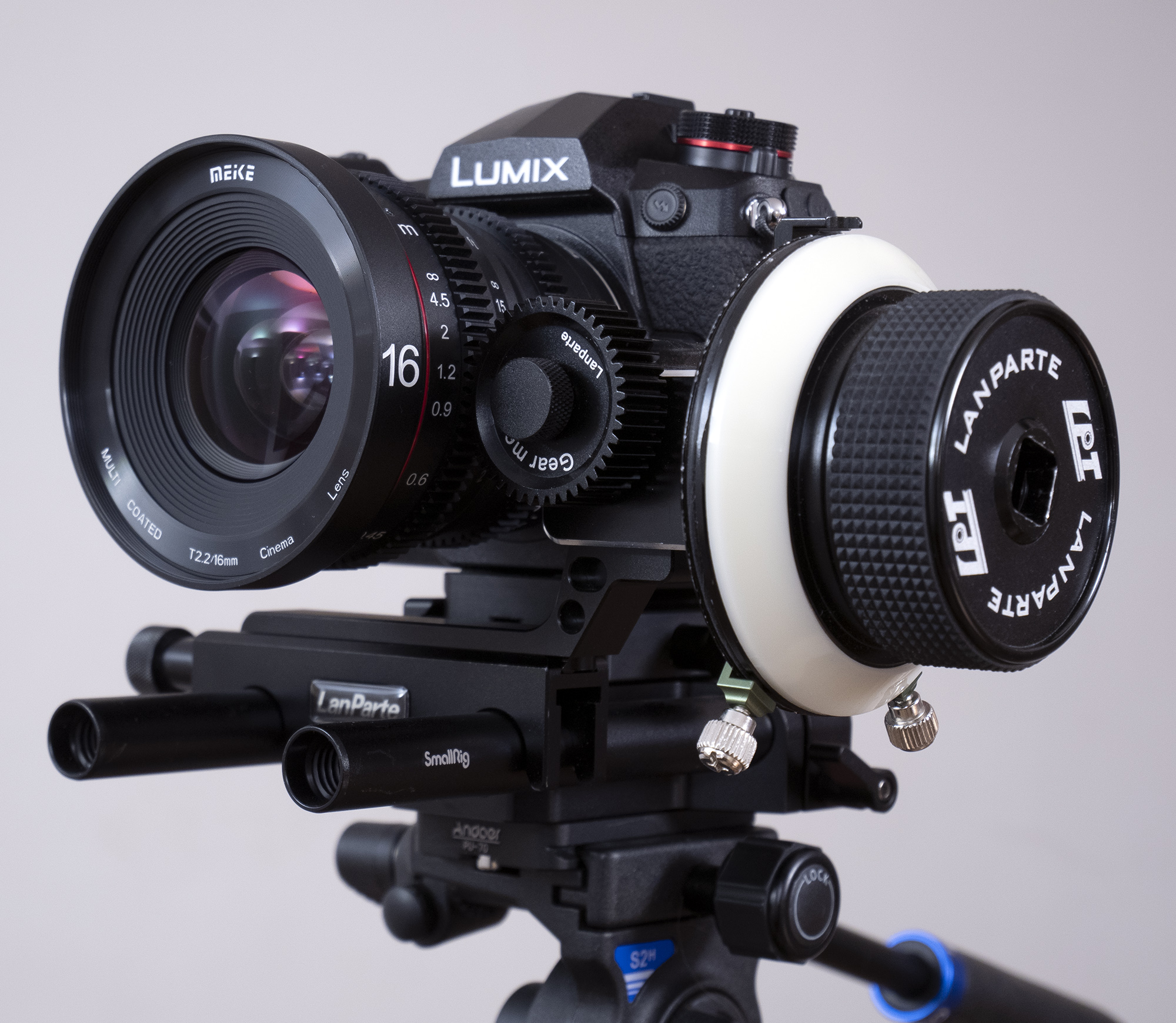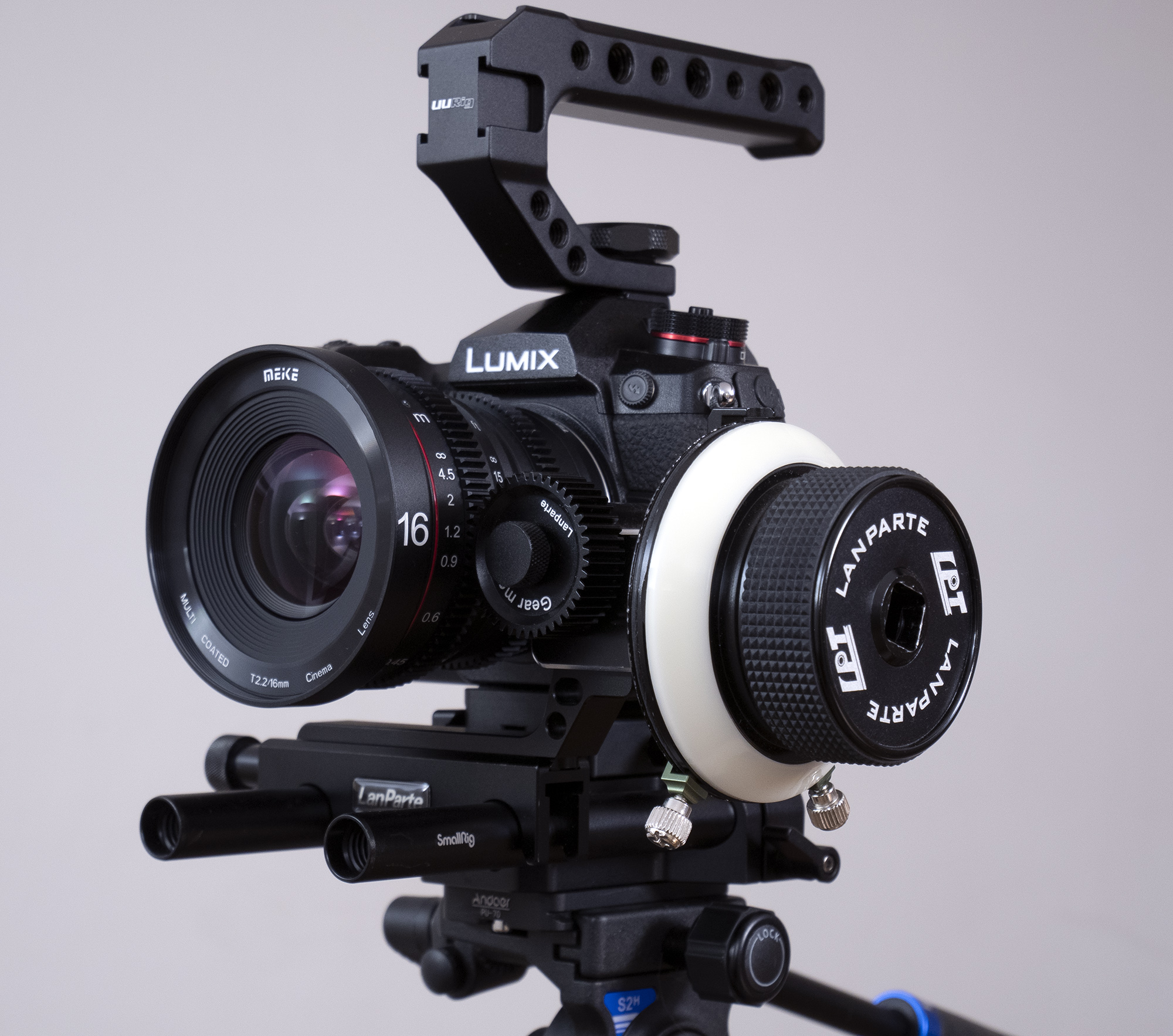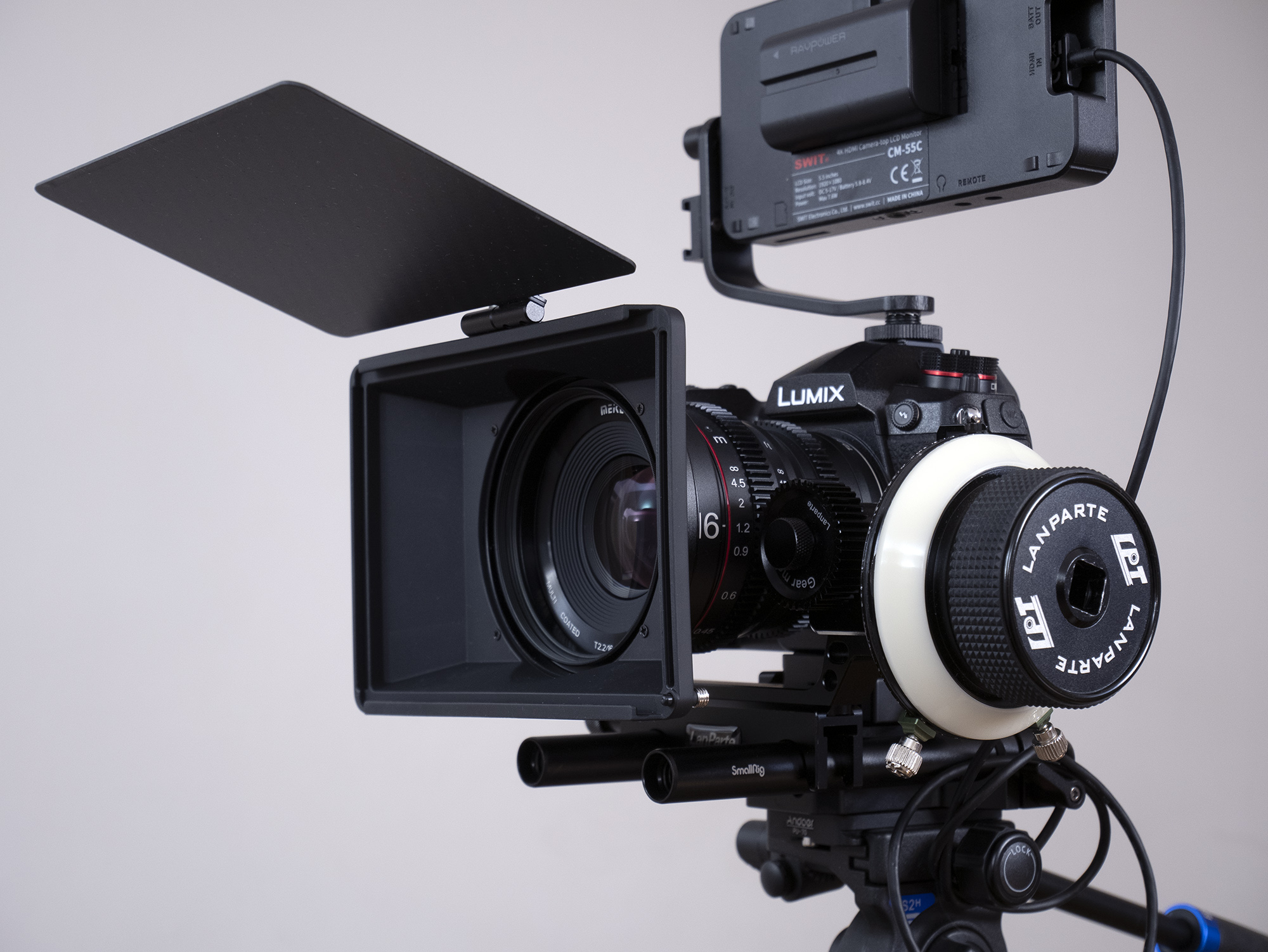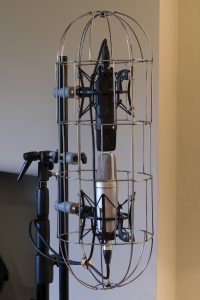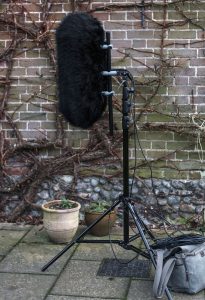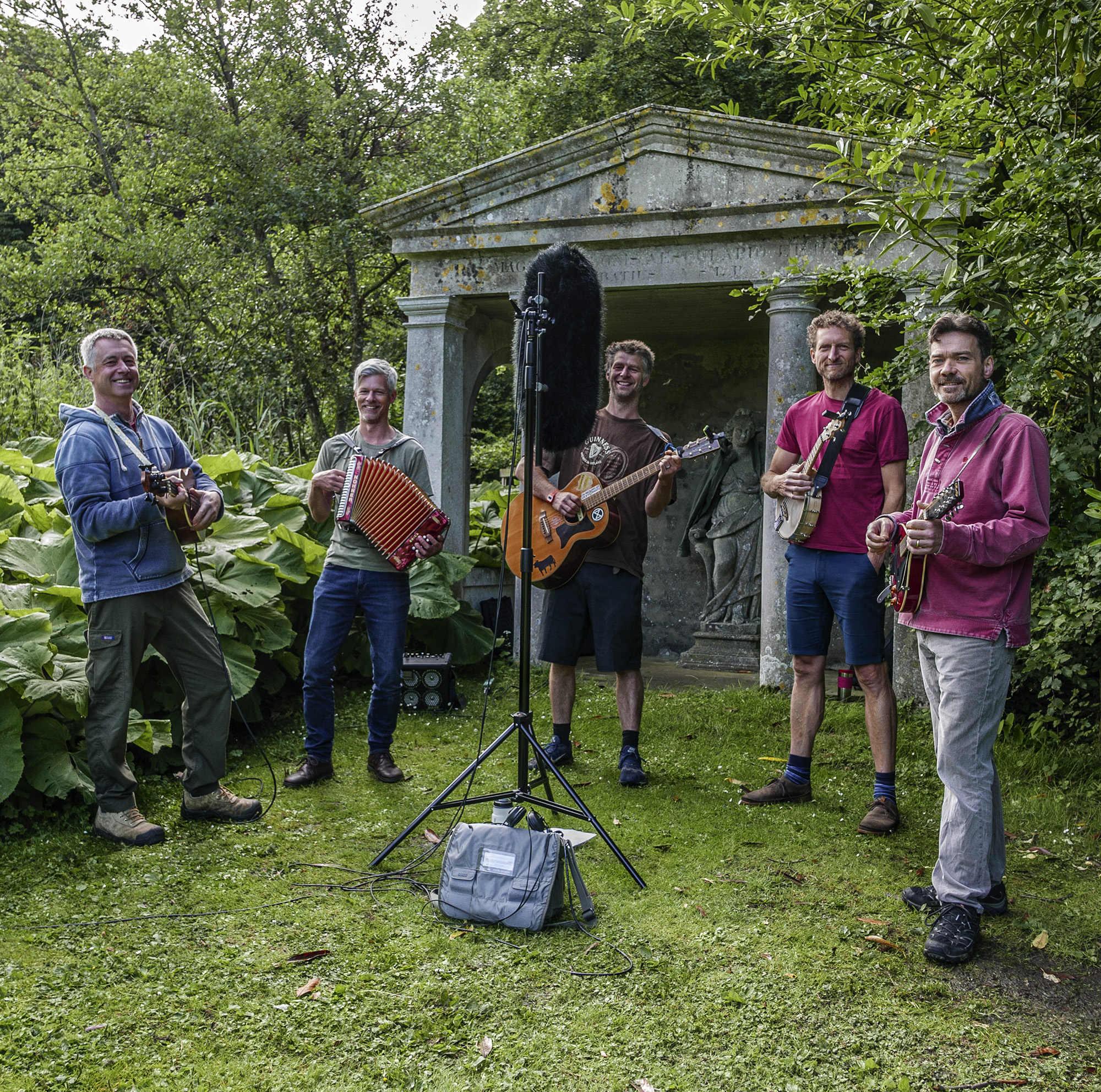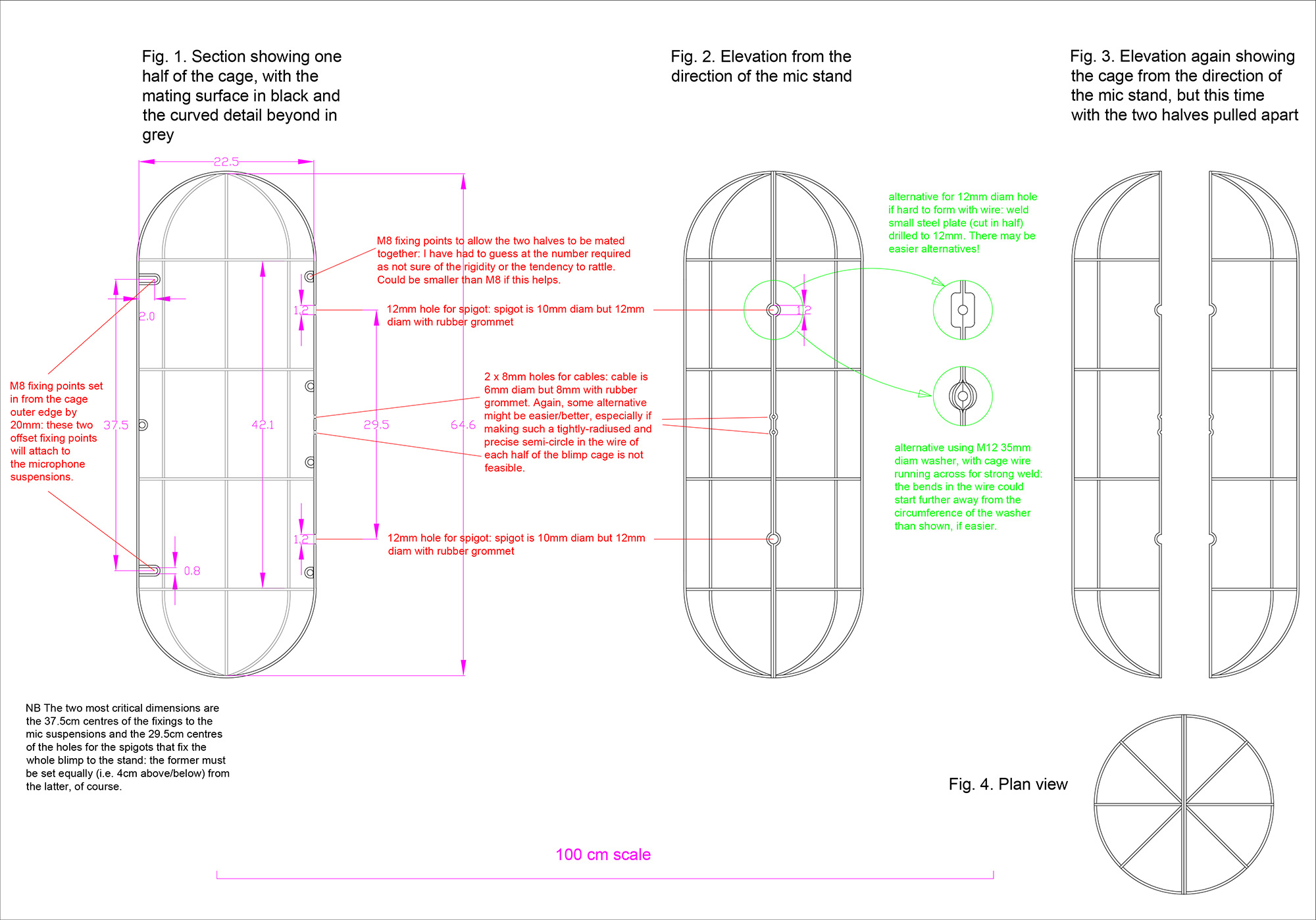
An acoustic performance next to the Halle aux grains in Auvillar
With Brexit on its way, in 2017 I organized a small European tour for local band Rattlebox (for which I am sound-engineer). This was an exercise entirely determined by fun and entente cordiale: free gigs in some fairly random and mostly very small places in France, Andorra and Spain, largely determined – though not in all cases – by one of us having some connection; and six families, and a few extras, with us on what would be their summer holiday. Even so, there were practical issues to sort: arranging gigs (much helped by my French-speaking and living elder daughter), accommodation (largely campsites: this was a budget tour), power supplies, intermediary stops (this was part holiday, remember) and, of course, the PA. Anyway, here’s to the gigs:
Fri 28 July: Sainte-Sévère-sur-Indre (central France, midway between Bourges and Limoges). A fitting start to the tour: the gig was in the open-sided market hall in the square of the village made so famous by Jacques Tati’s 1949 film Jour de fête. We were a little nervous about the gig as we had no previous contact in the village, and had just had a few – hard won – emails with the mayor’s office. But they came up trumps, and had set out the market hall with benches (which filled up), put up posters, and even produced a few slabs of beer. We felt as welcome as the fair folk in Jour de fête. After a little electric shock (a reminder that wiring isn’t always what it should be), the technical side went OK: the PA was a combination of Alto and Proel speakers, with a Soundcraft mixing desk, all fairly basic but fine for what is a slightly raucous folk band. Beers after at a bar, then all of a hundred yards to the village campsite with its profusion of Swallowtail butterflies. Perfick, as Pop Larkin would have said.
Sat 29 July: Auvillar (Tarn-et-Garonne, south-west France). A weekend here in this most beautiful of small towns, courtesy of an old friend (a retired French general) and the indefatigable efforts of Gilles Compagnat. Unknown to us beforehand, Gilles organized everything, from a short taster acoustic session by the circular Halle aux grains (where our carefully transported English cider – yes, we took a present of booze to France – went like lightning), paella for all in the square, the main evening gig to an audience of 200 (then a record for Rattlebox) outside the church with its natural ampitheatre (with lights set up specially too), and a Sunday morning acoustic gig in the Place du Château. Having no PA to run on the Sunday morning, I set up a couple of omni mics and recorded the band outside, ambience and all. Goodness, were we sad to leave.
Tues 1 Aug: Vinça (Pyrénées-Orientales: southern France, near the east end of the Pyrénées). After stops at Carcassone, Lagrasse and, for some, the Med, this more workaday small town had a great lake and, by the side of this a lively bar – the ginguette d’Aquagliss au lac. A compressed stage, but, who cares, there was more paella and dancing for the first time on the tour.
Thurs 3 Aug: Andorra la Vella. It had always been an ambition of Danny (of Rattlebox) to visit Andorra, and as we pitched up in a very urban campsite next to the national football stadium in insanely hot and humid conditions, we wondered why? But the evening gig in the Harlem Bar (organized by the remarkable Pierre Infante Lagrave and the bar owner Josu Adanez) was a great success: small, extremely sweaty and with enthusiastic dancing. What more can you ask for?
Sat 5 Aug: Junzano (near Huesca, Spain). Courtesy of the sister of Simon (also of Rattlebox), a long-time resident, of this small village, we were part of the municipal fiesta, and welcomed enthusiastically yet again. A bigger stage and, for the first time, other acts: yet more paella (at least in Spain this time), dancing and, afterwards, sad farewells before the long journey home.
During all the mayhem of keeping things on track, running the PA, being the roadie, and occasionally snatching bits of holiday – all in the unremittingly fantastic weather – there wasn’t really any time for serious filmmaking, but here’s an extremely rough film (largely an aide-mémoire for us) that captures something of the fun and, indeed, the welcome: the eternal question down the pub is where next?
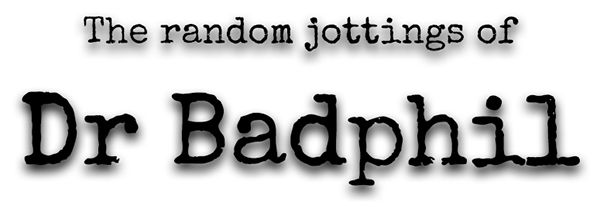
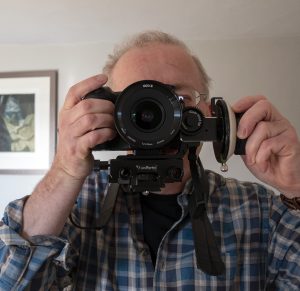 After years of Nikon DSLRs for stills (from D70 to D810) I have recently adopted Micro Four Thirds (M43) for both stills and filmmaking: with close-focus like most in their 50s, a mirrorless camera with electronic viewfinder seemed a wise move, and I was getting sick of lugging a rucksack of full-frame gear up scaffolding ladders to the top of cathedrals and castles for the day job. I already had a couple of M43 bodies (Lumix GX80) and some Panasonic lenses, so added a few more lenses and a Panasonic Lumix G9: in 2020/2021 this is a real bargain, with 10-bit internal recording giving near-GH5-like video, on top of much better stills (not least the 80MP high-resolution mode).
After years of Nikon DSLRs for stills (from D70 to D810) I have recently adopted Micro Four Thirds (M43) for both stills and filmmaking: with close-focus like most in their 50s, a mirrorless camera with electronic viewfinder seemed a wise move, and I was getting sick of lugging a rucksack of full-frame gear up scaffolding ladders to the top of cathedrals and castles for the day job. I already had a couple of M43 bodies (Lumix GX80) and some Panasonic lenses, so added a few more lenses and a Panasonic Lumix G9: in 2020/2021 this is a real bargain, with 10-bit internal recording giving near-GH5-like video, on top of much better stills (not least the 80MP high-resolution mode).